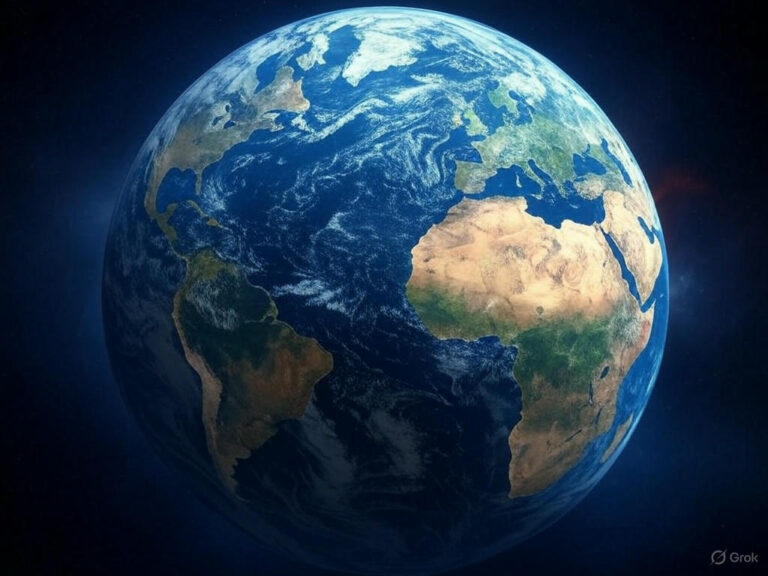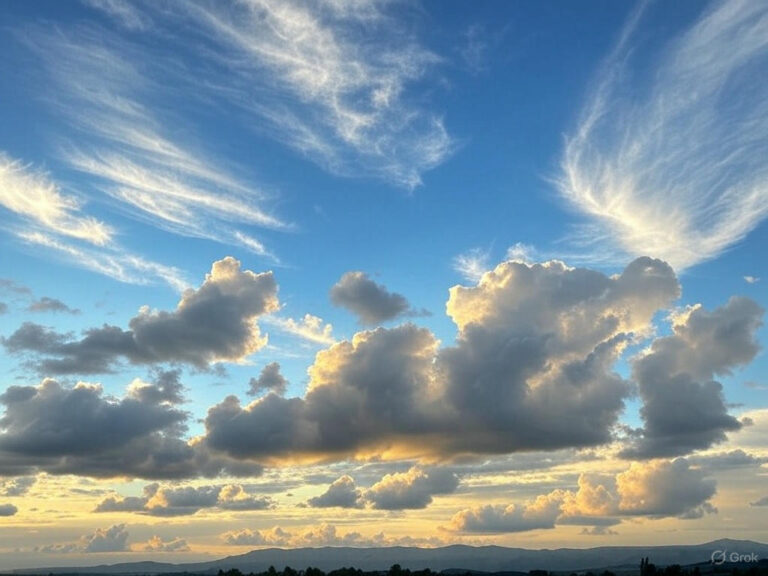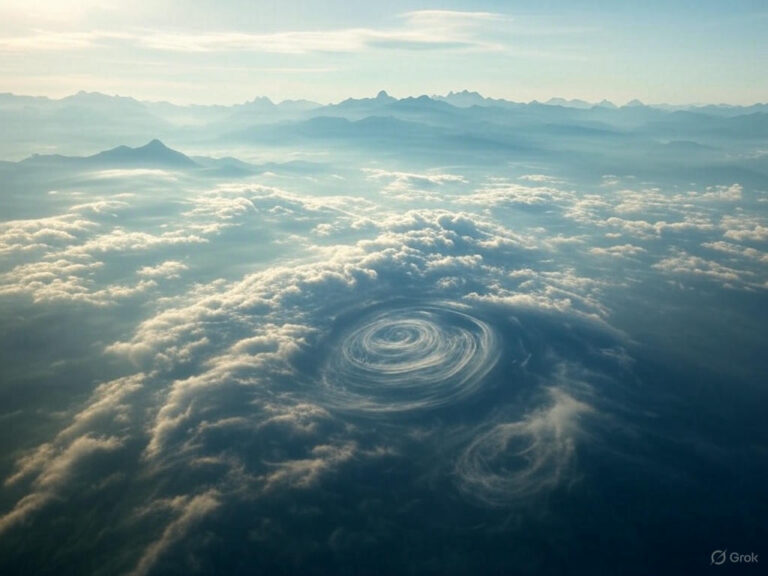Fronts
Fronts and Frontogenesis Imagine the atmosphere as a huge battlefield where different armies of air are always in motion. These armies are called air masses — large bodies of air that have uniform characteristics like temperature, humidity, and pressure. Now, what happens when two very different air masses face each other? For example: The line…










